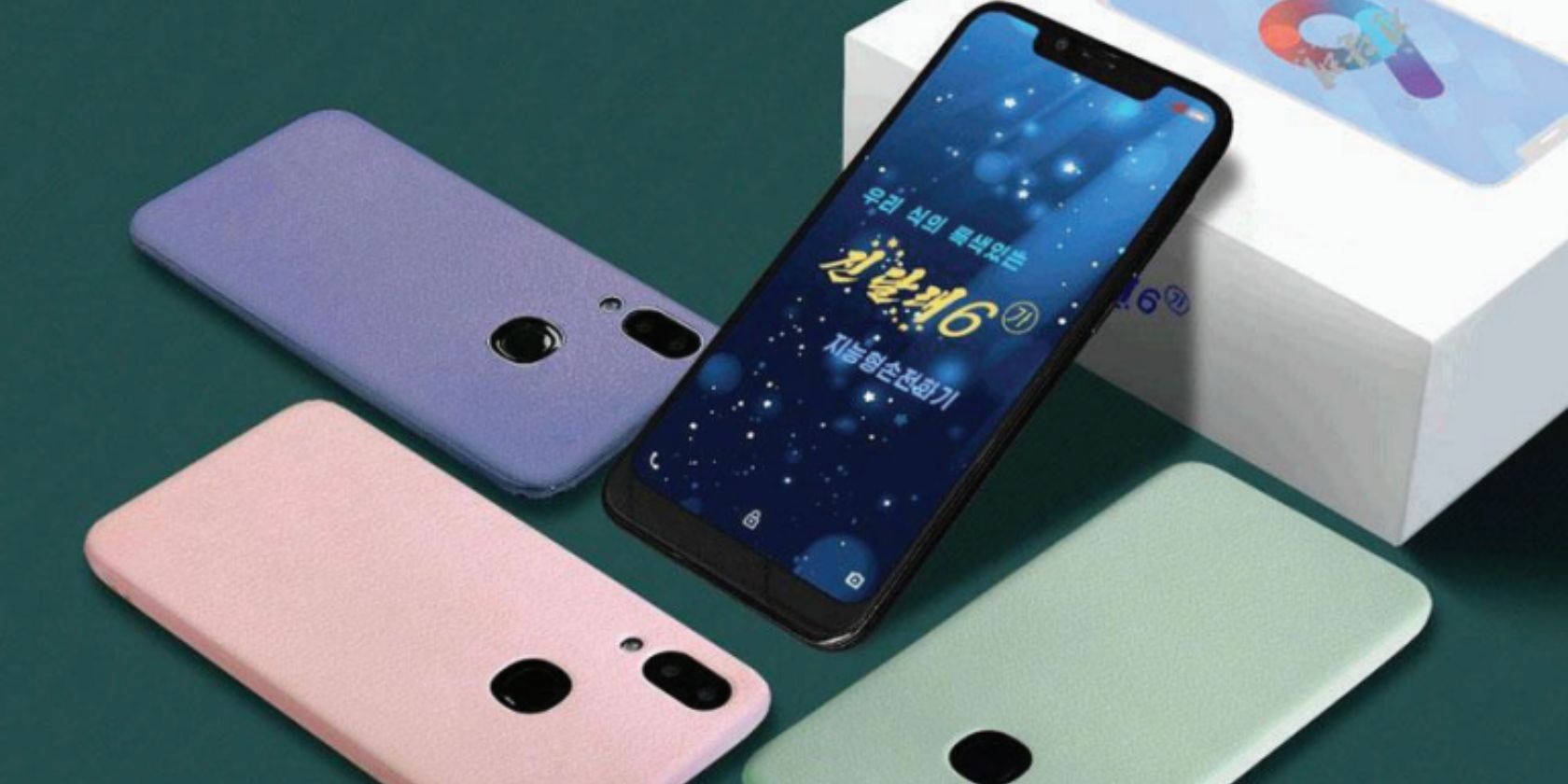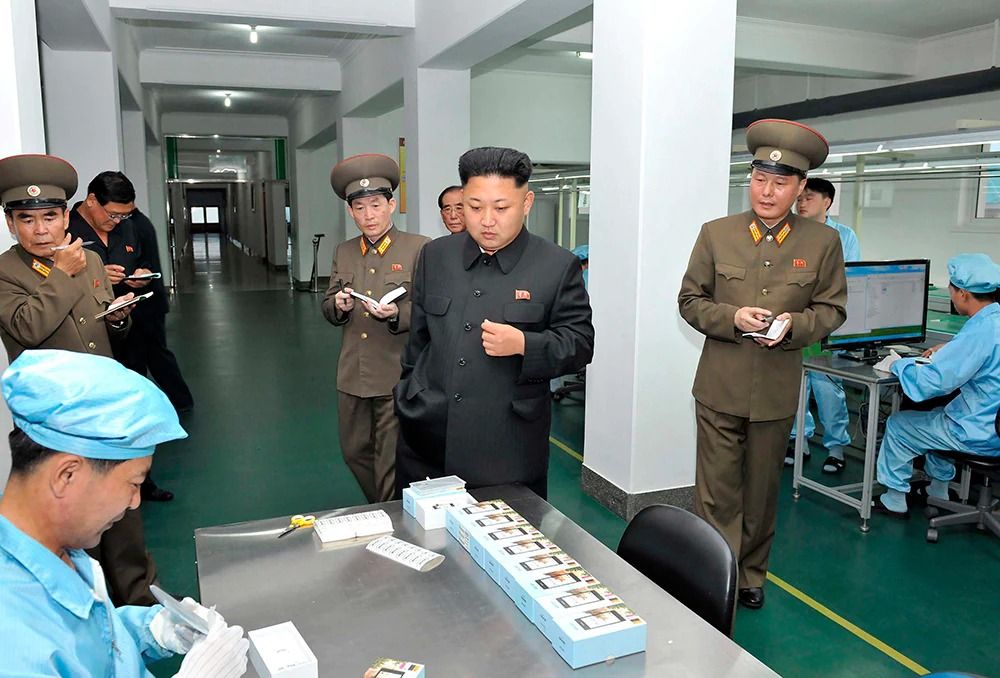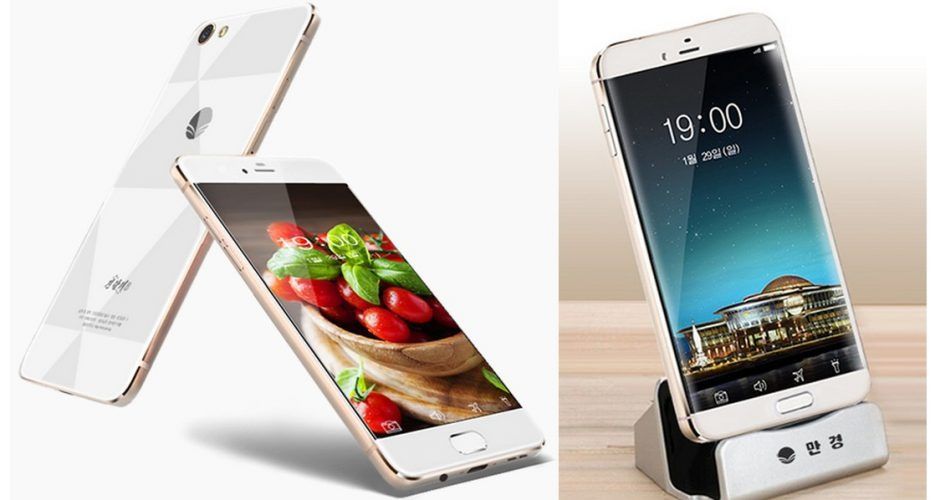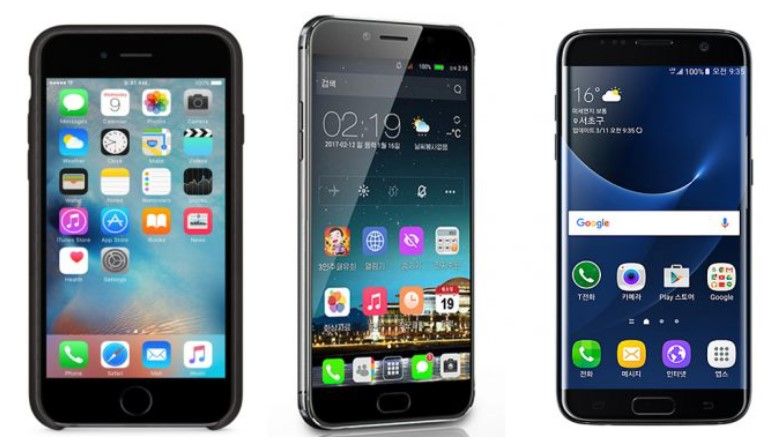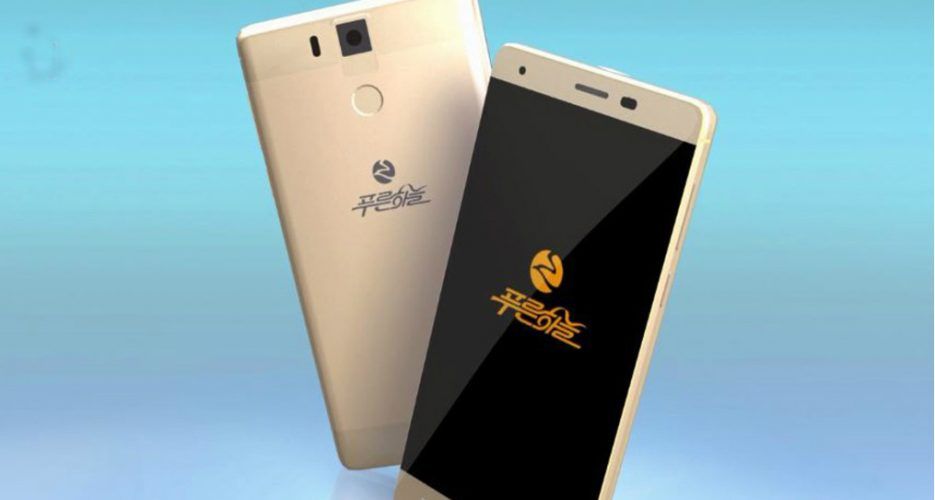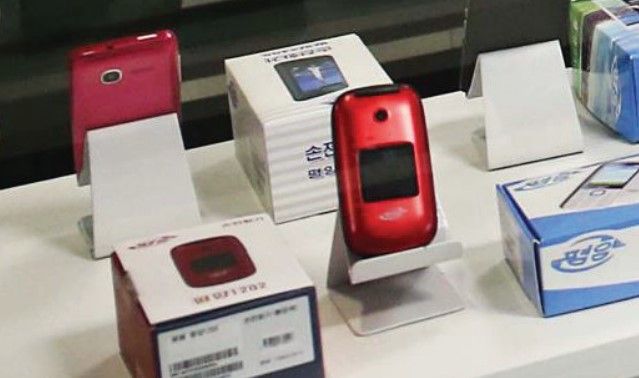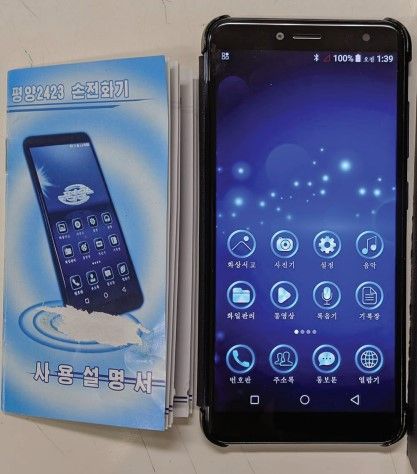There are a lot of fantastic Android phones out there, but in today's era of sleek, camera-heavy smartphones, their similarities stand out more than differences. Devices like the eye-catching Nothing Phone are interesting, but mainstream phones don't generate the excitement they used to. At MWC 2023, we saw a range of exciting concepts, but we'll have to wait a while before they hit shelves.
However, to truly escape the carbon-copies smartphones of today, we have to head somewhere that doesn't allow these devices to be sold. North Korea's government only allows its citizens to use smartphones it created to monitor and control them. While we can't get hold of them here, there's plenty of information available that gives us a fascinating look into the world of North Korean smartphones.
North Koreans get, then lose smartphones
Smartphones were introduced to North Korea in 2002, then banned from 2004 to 2008. The ban was lifted when Egyptian telecommunications company Orascom Telecom Media and Technology Holding, in a joint venture with the North Korean state, established a new 3G mobile phone service named Koryolink. Leaked documents show that Huawei breached U.S. sanctions when it helped build North Korea's 3G network alongside China's state-owned Panda.
Today, Koryolink is much the same. 3G is still the standard, though Huawei may have stopped maintaining the network in 2016. Most North Koreans can only access North Korea's intranet, but long-term foreign residents (such as diplomatic staff) and visitors can access the internet. That said, North Korea had three Wi-Fi access points in 2020, so you won't be able to download movies on the go. And if you're not a resident and want access to the Koryolink network, plan to spend around $285 for a SIM card and $23 for 50MB of 3G data.
So what phones are North Korean residents using?
A glimpse of a North Korean phone with a built-in mosquito repellant. There's also a Google Drive icon that opens a screensaver app.
It's hard to confirm these phones' details reliably. Some specifications here are sourced directly from the DPRK state media, so take those with a bucketload of salt. Lumen Global, a non-profit dedicated to sharing information with North Korean people, collated the specifications below and has done its best to provide accurate specifications.
The Arirang family of smartphones
Five years after launching Koryolink, North Korea announced its first smartphone. Named "Arirang" after a Korean folk song, the AS1201 was touted as being made in North Korea, with Kim Jong-un personally touring the Arirang factory to promote the device. However, the phone was neither original nor made in North Korea.
Kim Jong-un visiting the Arirang "factory."
Despite some vague statements, the exact specifications of the AS1201 are unknown (Kim Jong-un reportedly praised the "high pixels" of the camera). Rather than home-grown Korean tech, Arirang's first phone was a rebranded Uniscope U1201, a Chinese phone launched in 2014 with Android 4 and substandard hardware.
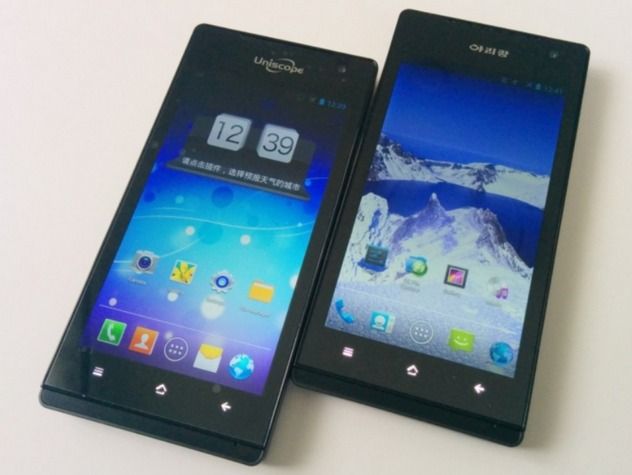
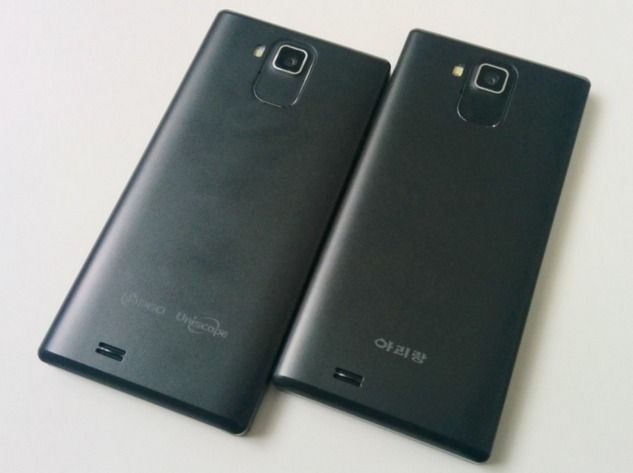
The AS1201's exterior (the phone on the right of each photo) is identical to the Uniscope U1201.
In 2016, the Arirang 151 was released alongside a budget version, the 152. Then came the Arirang 161 in 2017, featuring a fingerprint sensor for the first time. (Four years after the iPhone 5s.) Unlike the original Arirang, it isn't a clone of another device, but its design cues are clearly stolen from Samsung.
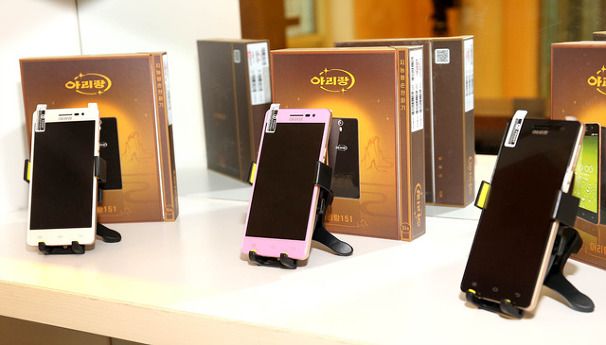
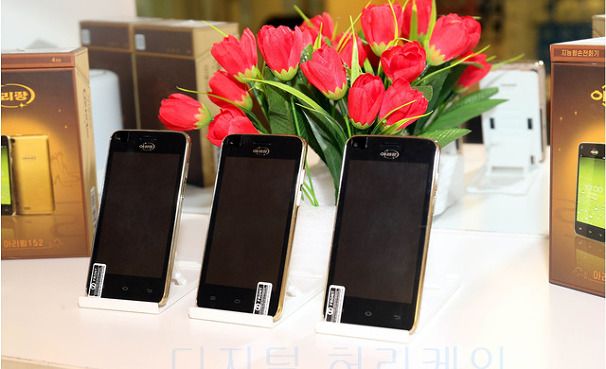
Left: Arirang 151 Right: Arirang 152
The Arirang 171, reportedly the fifth Arirang model, was launched in 2018 with a 4.7-inch screen, 4GB of RAM, 32GB of storage, and a fingerprint sensor.
|
Phone |
Arirang 171 |
|---|---|
|
Release date |
2018 |
|
OS |
Android 7.11 |
|
Chipset |
Mediatek MT6797 |
|
Display |
5.5 inches |
|
Resolution |
1080p |
|
Front camera |
8MP |
|
Rear camera |
13MP |
|
Memory |
4GB RAM, 32GB |
All phone specifications are sourced from Lumen Global.
Commercials for the Airrang-151 and Arirang-171
The Jindallae and Jindallae 3
In 2017, the Jindallae 3 was released. According to the state-run paper DPRK Today, it was designed in the Korean way. It also claimed that the phone's appearance, structure, circuit design, and operating system were produced locally.
However, a quick side-by-side comparison with the Samsung S7 and iPhone 6s (released in 2016 and 2015, respectively) tells a different story. Rather than an original design, the Jindallae 3 seems to be a combination of the two devices.
If you're confused about what happened to the Jindallae 3's predecessors, so are we. Details of the first Jindallae device were released in 2018, but the name and hardware specs suggest it was released before the Jindallae 3.
|
Phone |
Jindallae 6 |
Jindallae 3 |
Jindallae |
|---|---|---|---|
|
Release date |
2020 |
2017 |
Unknown |
|
OS |
Android 8.1 |
Android 7.1.1 |
4.4.2 |
|
Chipset |
MediaTek MT6771 octa-core, 12nm processor |
Qualcomm Snapdragon 427 quad-core processor |
ARM Cortex A7 quad-core 1.3GHz |
|
Display |
6.2 inches |
5.2 inches |
4.7 inches |
|
Resolution |
2246 x 1080 |
1280 x 720 |
1280 x 720 |
|
Memory |
6GB RAM, 64GB |
4GB RAM, 32GB |
1GB RAM, 16GB |
|
Rear camera |
16MP |
13MP |
8MP |
|
Front camera |
8MP |
8MP |
2MP |
|
Battery |
3,550mAh |
3,100mAh |
1,850mA |
All phone specifications are sourced from Lumen Global.
Following the Jindallae 3 came the Jindallae 5 (2019) and the Jindallae 6, 6+, and 7 (2020). The Jindallae 5 did not launch with any notable features, but the 6 and 6+ were the first in the line-up to include fingerprint, voice, and facial recognition.
The Phurunhanul H1 and H2
The Phurunhanul H1 was the first smartphone by Phurunhanul Electronics. Little is known about this phone, but the 6,000mAh battery seems implausible, considering only one phone in our roundup of the best Android phones currently available offers this large of a battery.
The Phurunhanul H2's release date is unknown, but a larger display, more significant memory, and improved cameras indicate it arrived after 2018. It also came with a smaller but slightly more realistic 4,300mAh battery.
|
Phone |
Phurunhanal H1 |
Phurunhanal H2 |
|---|---|---|
|
Release date |
2018 |
Unknown |
|
OS |
Android (version unknown) |
Android (version unknown) |
|
Chipset |
Mediatek MT6753 1.3GHz |
Mediatek MT6750 |
|
Display |
5.5 inches |
6 inches |
|
Resolution |
Unknown |
1440 x 720 |
|
Front camera |
8MP |
13.3MP |
|
Rear camera |
16MP |
21.2MP |
|
Memory |
3GB RAM, 32GB |
4GB RAM, 64GB |
|
Battery |
6,000mAh |
4,300mAh |
|
Size |
Unknown |
159 x 76.2 x 9.6 mm |
|
Weight |
Unknown |
240 grams |
All phone specifications are sourced from Lumen Global.
The Pyongyang phones
The Pyongyang brand includes the most extensive range of North Korean smartphones. There are too many to list here, but here are some highlights.
The Pyongyang 1202
A fetching clamshell device, this photo of the Pyongyang 1202 was published by the Sogwang website (an NK propaganda site, now offline) in 2019. Photographed at an electronics store, this was likely part of a display of older phones.
Pyongyang 2423
This phone was obtained from The Daily NK website. Tinkering around with the phone, it found numerous security controls on the device, these included:
- No external access to internal folders
- SD cards are restricted from storing data.
What apps can a North Korean smartphone user access?
An extended commercial for the Arirang 171, showing its installed apps and features.
North Koreans don't have a choice over what apps come preinstalled on their device. The Kiltongmu phone, released in 2019 (a clone of the Samsung Note 8), came preinstalled with "30 dictionaries, programs, entertainment, and [other] media that are popular among users," as reported by NK News.
Other phones come with rip-offs of popular games like Angry Birds. While it's hard to tell from images, it's clear that many iOS apps have been copied for use in North Korea's smartphones.
There are also plenty of mystery apps. The Jindallae 3 came with an app called Hiding, which could be anything from a game to a chat app.
But regardless of the app, you can be sure they're designed to allow the state to monitor all activity.
North Korean smartphones are what you would expect
A North Korean smartphone wouldn't survive for a second in the competitive global smartphone economy, but they don't need to. However, they're a fascinating look into how the state viewed popular smartphones when looking for their own inspiration.
Your phone is much safer to use than the ones on this list, but it's still good to appreciate your freedoms and check on your digital privacy.

